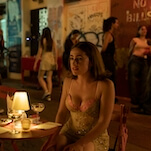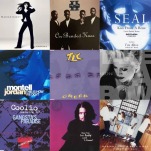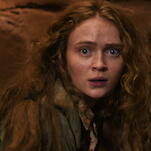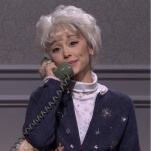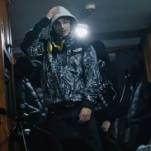But the audience is the real subject of the experiment; we’re given facts and figures about the trumped-up hysteria over juvenile crime, followed by thrilling scenes of kids taking Rorschach tests. (The movie is no I Am A Fugitive From A Chain Gang, in other words.) Riot In Juvenile Prison’s one bit of wit—likely inadvertent—involves the rush of headlines that pop up onscreen every time there’s a crisis. First, the press demands action when boys get shot by strident wardens; then they demand that those wardens get put back in charge when there’s a hubbub at Thor’s new, liberalized juvie. There’s no better illustration of how and why “the problem of youth” remains so damned hard to solve: The public never seems to remember what they were indignant about just a few weeks ago.
See also: Riot On Sunset Strip, a 1967 youthsploitation howler ripped from its own day’s headlines. In the summer of ’66, nascent hippies had a series of conflicts with the LAPD over a curfew concocted by local business owners fed up with loitering longhairs. Riot On Sunset Strip opens with a sympathetic narrator explaining that these are our offspring, “not dangerous revolutionaries,” and the movie’s main character is a cop played by Aldo Ray, who stands up to the huffy Sunset Strip businessmen and speaks up for the flower-children—one of whom is his own estranged daughter. And like Juvenile Prison, while Sunset Strip does suggest that some of these seeds are straight-up bad, it also suggests that the root cause of that badness is deficient parenting.
Riot On Sunset Strip was directed by Arthur Dreyfuss, who was nearly 60 when he got the gig, and produced by Sam Katzman, who made a mint in the ’50s and ’60s turning out low-budget movies that advocated for teenagers’ right to enjoy their nutty fashions and annoying music in peace. Much of what made Riot On Sunset Strip a kitsch classic is the way Katzman applies his usual Don’t Knock The Rock style to acid-rock, positioning drug-taking freaks as just another version of teenyboppers doing The Twist. But maybe Katzman wasn’t that far off. These two Riots try to have it both ways: showing kids acting wild (and curvy young ladies shaking their stuff) while also insisting that young people need some leeway to have fun and make mistakes. The biggest difference with Sunset Strip is that the young cast gets to dance to The Standells and The Chocolate Watchband. Teenagers may not change much from generation to generation, but the soundtrack to their petty rebellions sure does.
Key features: Like, zilch, Daddy-o.


